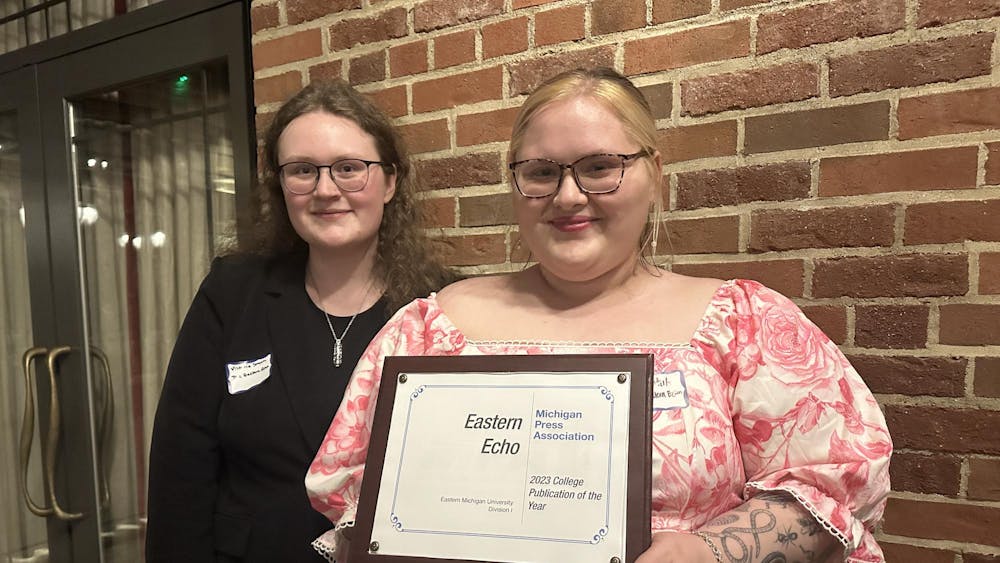Winter isn’t the season most people get excited about. Snowy roads, going back to school (without the same fresh anticipation fall brings) and the end of the holidays can leave one feeling completely void of energy, unmotivated and very uncreative. One way to get your thoughts in order and find new ideas for projects is an inspiration board.
Inspiration boards are no more than a collection of photos, fabric swatches, yarn samples and text blocks all in coordinating style or theme. Whether it’s shopping for new clothes, decorating a room or planning an event, inspiration boards provide a jumping-off point for your projects that allow not only you but others helping you to see your “theme” or idea in a clear way.
With the explosive popularity of Pinterest, virtual inspiration boards for everything from food to weddings are easy to create right from the screen of your phone. Unfortunately, an online database just doesn’t quite capture the same feel as a tight-spaced, side-by-side and carefully chosen collection hanging on your wall, always ready to stimulate your creativity even while you’re studying or eating breakfast.
For the start of the new semester, try making an inspiration board for getting organized – find photos of shelving, storage solutions and item groupings. Inspiration boards also work great for school projects. For example, make one to visualize a presentation for a history class or a story for a creative writing class. Find pictures of celebrities to attach to character names, cityscapes to visualize where the characters live, songs that would be in the soundtrack if the story were a movie, etc.
At one point in time, inspiration boards were literal boards covered in images torn out from magazines and random fabric scraps pinned to the wall with thumbtacks. While this is still a good method (one still used by many couture designers) there’s more than one way to make an inspiration board.
My favorite method is using Microsoft Office’s Publisher on the computer. I can take pictures from the internet, size and crop them to my liking, add them to an 8.5 by 11 inch document, print it on heavy paper, then tack on fabric and yarn samples to get the best of both the digital and tactile worlds.
Choosing your theme, your main idea for the board, is the fun (and sometimes frustrating) part. For this story, I wanted to design a board that will help me design hats, gloves and other warm things to knit for this winter.
This meant including images of knitwear, but also of other garments and even places that could lend well to knits: a snowy street, a pair of sturdy but girly boots. What would you wear if you lived on that snowy street? What kind of socks would one wear with those boots?
I knew I wanted lots of color included, so I was sure to incorporate images of yarn in vibrant
colors. A photoshoot with Alice Olivia designer Stacey Bendet in an old InStyle magazine gave me the theme idea: colorful, vintage sophistication with a country twist. A sepia photo of Grace Kelly with perfectly coiffed hair and a plaid flannel shirt summed up my theme perfectly, so I made sure to enlarge the photo enough to make it the board’s focal point.
If you’re stuck for a theme, think about different things that you like that seem contrary. Do you love ’60s mod dresses and distressed, grungy denim? Find images of both and use color, silhouette or places that coordinate with both.
Don’t limit yourself to only looking at images online – go to resale shops and find old magazines (sometimes even vintage ones) fabric stores also sometimes have samples for free or a nominal price. Go take a few photos of your favorite old downtown city building. Anything that inspires you can be made to work somehow with just a camera and a little ingenuity.









